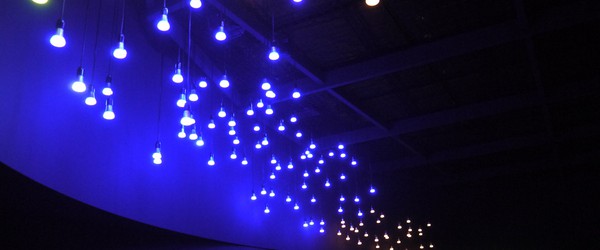Wireless Networks for Lighting
LEDs are changing the way we illuminate our environment. Not only the efficiency of converting electrical energy into light is higher than for conventional lighting, but also the flexibility and controllability leads to a “digitization” of lighting systems. Dynamic control of the intensity, beam width and colour point of individual light sources is coming within reach, both technically and economically. Controlling such lighting systems using low power wireless control networks is attractive due to reduced wiring requirements in such scenarios. This creates a need for low-latency wireless multicast of lighting control messages (one-to-many). Hitherto, building management systems with wireless sensor networks (WSNs) have mostly focused on delivering sensor data to a central node (many-to-one), e.g. collection of data about room occupancy, the activities of people, environmental conditions such as temperature, CO2 levels, light intensities, etc., where data transmission latency has not been a prime concern for applications such as scheduling of maintenance and janitorial work, improved use of meeting facilities, asset tracking, saving energy in lighting and heating.
However, with the increasing number of sensors and new applications, self-organization of WSNs, energy efficient operation of sensor nodes, scalability of networks, and real-time performance for time-critical applications have become critical challenges [1]. In wireless lighting control for example, a user expects a response within a few hundred milliseconds. In an installation with many light sources, jitter in the communication latency is perceived as a lack of synchronicity between the responses of light sources. This is unacceptable in entertainment applications but can be tolerated to some extent in a parking garage. Moreover, it is necessary that the end-to-end packet loss rate for control message transmission is very low, although the outage probability for a single transmission attempt may be large in any unlicensed band. If an office contains a grid of a few hundred lamps, each controlled via a wireless link, occasional failure of individual lamps to respond needs to be avoided; end-to-end outage probabilities of one or even a tenth of a percent are undesirable, as these are interpreted as “a few lamps are broken”.
This motivates the need for more reliable, better scalable dense low power wireless networks for such applications and the design challenges that need to be overcome.
